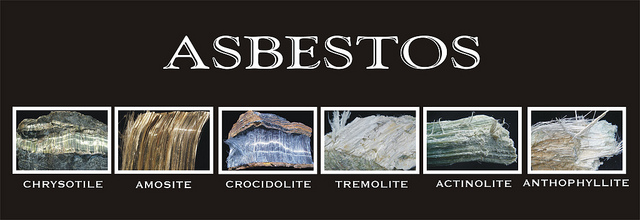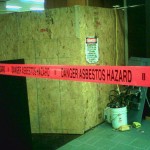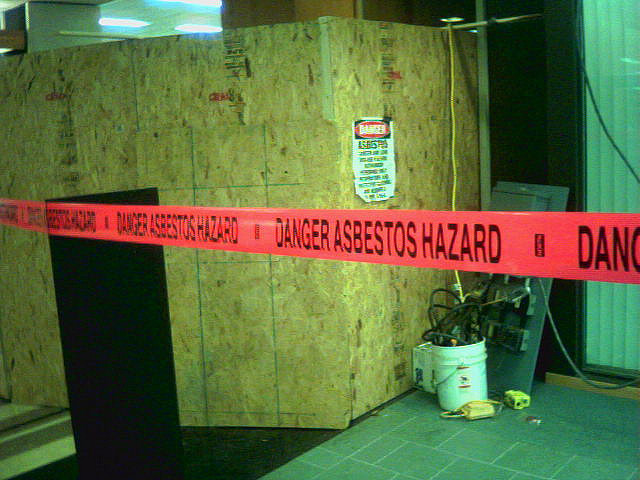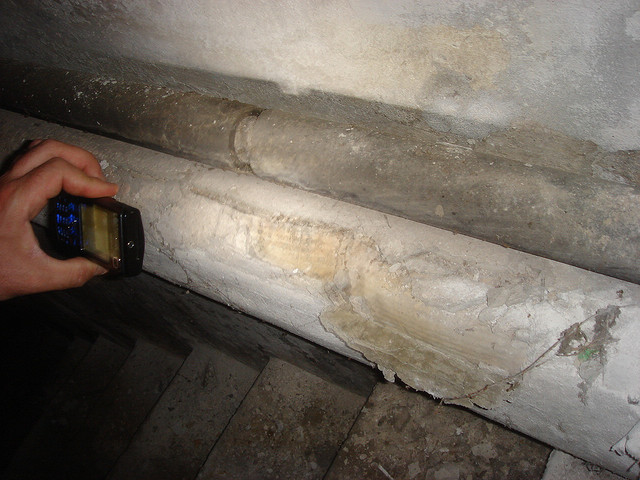Whether you are house hunting, considering remodeling, or have lived in your home for decades, it’s important to know of any hidden and potential dangers within the home. Many homeowners or potential homeowners have little to no knowledge of asbestos, a mineral fiber that used to be added to a variety of building materials for strengthening and fireproof purposes. If you have heard of asbestos, you may have heard of it used on Navy vessels or in an industrial setting, but in reality, asbestos can be present anywhere, even in your home.

Asbestos, on its own, is typically not dangerous and even in most settings it remains harmless unless it becomes damaged, is manipulated, or removed. Improper handling of asbestos or damaged asbestos can lead to diseases such as mesothelioma, an aggressive lung cancer that has a tendency to show up decades after asbestos exposure.
Before you reconsider that remodeling job or are afraid to buy the home you fell in love with, check out areas where asbestos may be present and make a decision based on what you find.
Common Areas for Asbestos Use
First off, if you suspect that asbestos may be in your home, hire a professional home inspector. Home inspectors know what to look for and the areas in the home where asbestos is most likely to be present; remember, all homes are different and older homes may be more likely to have asbestos. The following areas include, but may not be limited to:
- Roof: Shingles and tar paper (or roof felting) may contain asbestos, but may not be an issue unless it’s damaged.
- Attic: If your home was built between 1919 and 1990, there’s a great possibility that your attic could contain vermiculite that is a popular form of insulation. Vermiculite, like asbestos, is a natural mineral and is typically harmless, but a majority of the vermiculite that was put into homes was tainted with asbestos.
- Ceilings & Walls: If your ceiling has acoustic ceiling tiles or is textured, there’s a possibility that it could contain asbestos. Same for textured walls. Remember, as long as they are in good condition they are less likely to be dangerous than damaged ceilings and walls.
- Basement: Your basement can be a potential holding cell for asbestos containing materials, a lot depends on how your heat your home. For example, if your hot water and steam pipes may be coated with asbestos material. Oil and coal furnaces, as well as water heaters, may have asbestos insulation.
Other items with asbestos in your home may include vinyl flooring, gas fireplaces, and ironing pads.
Stay Safe
The best way to prevent asbestos exposure is to avoid being around any areas of your home that may have it, even if it looks in good condition. For example, if you vermiculite in your attic, don’t store anything in your attic and never let young children play in the attic.
If you notice some insulation paper peeling on your water heater or a chunk of ceiling tile cracked, don’t attempt to remove or fix (no matter how tempted you are). Simply wearing a dust mask, gloves, and safety glasses is not safe enough from the risk you are taking when disturbing a damaged piece of asbestos. Asbestos can lead to malignant mesothelioma down the road- a type of lung cancer that has serious implications to our well-being. Always contact an asbestos removal professional and let them do the job properly and as safely as possible.










